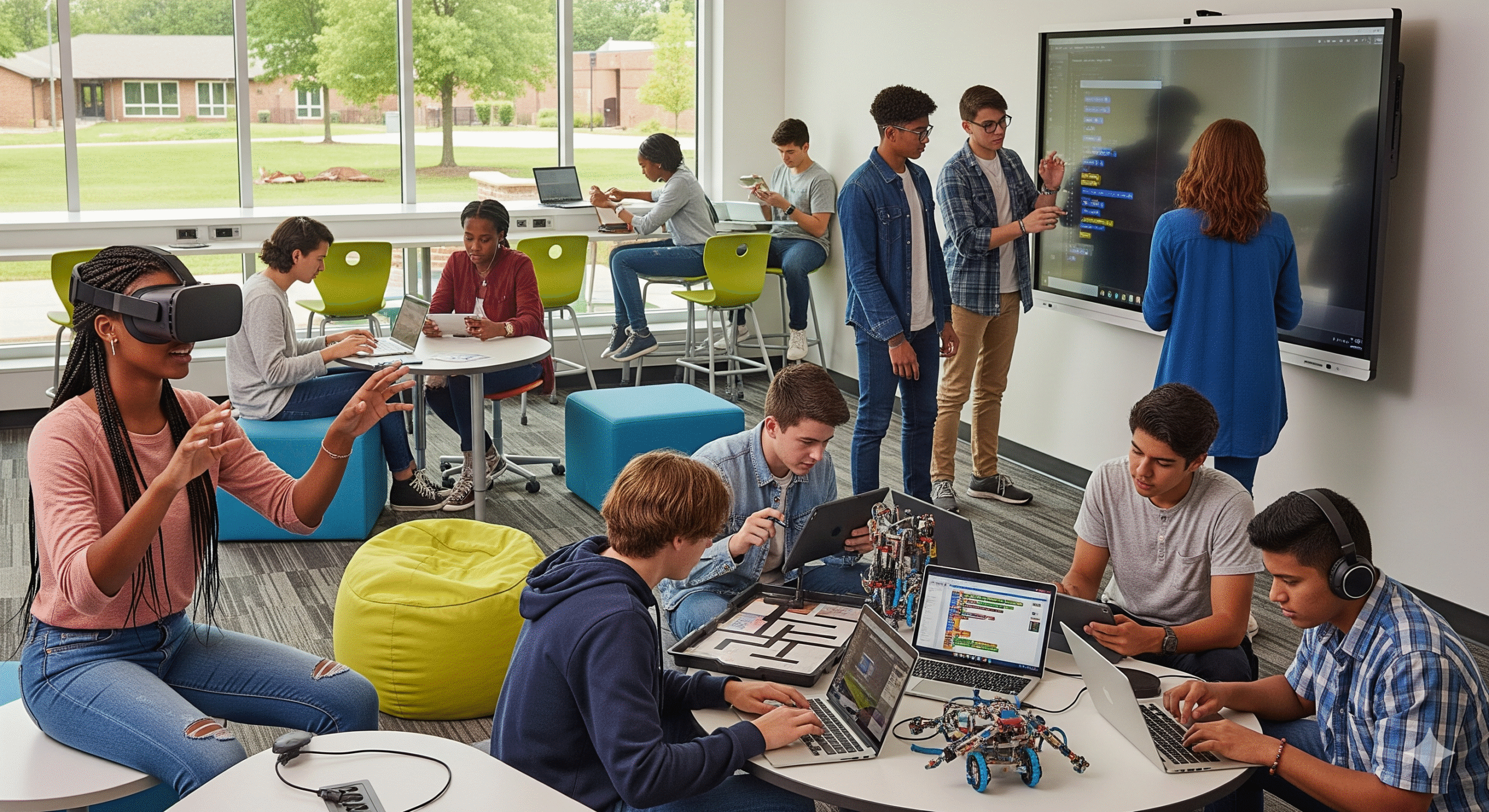Technology in higher education is no longer optional, it’s essential. Today’s students grew up with smartphones, apps, and streaming. They expect their learning experiences to be flexible, interactive, and technology-driven. Universities that integrate tools like learning management systems, virtual classrooms, and collaborative platforms create more engaging environments that match student expectations. Institutions that embrace these changes will thrive, while those that resist risk falling behind.
Why Should Universities Prioritize Technology in Higher Education?


Ensuring Academic and Operational Resilience
The pandemic proved how vital technology is for continuity in higher education. Universities with strong IT infrastructure, cloud-based tools, and hybrid learning models were able to adapt quickly. By prioritizing digital transformation, institutions safeguard themselves against future disruptions.
With data analytics and adaptive learning software, universities can better understand student needs. These tools help identify when students are struggling and provide timely support such as improving retention and overall academic success. Personalized, tech-enabled education makes students feel seen and supported.

Leveraging Artificial Intelligence in Higher Education
Artificial intelligence is reshaping how universities operate and how students learn. Across the globe, schools are already putting AI to work in ways that make education more efficient and engaging. For example, nearly 70% of universities now use AI to handle administrative tasks, while about 65% are using it to personalize learning.
Chatbots are answering student questions around the clock at almost half of institutions, and automated grading is reducing faculty workloads by as much as 60%. That means more time for teaching and mentoring, and less time spent buried in paperwork. Studies show AI tutoring systems can boost student performance by 25%, lower dropout rates by 20%, and drive engagement up by over 70%. In some cases, students using AI tutors have managed to cover a full year’s worth of material in just three months.

Future-Proofing Universities Through Innovation
Competition is no longer limited to traditional universities regarding higher education. Online learning platforms, micro-credential providers, and global institutions are offering flexible and affordable pathways that appeal to both traditional students and lifelong learners.
To remain relevant, universities must embrace innovation not as a side project, but as a core strategy. This means investing in technology that directly responds to evolving workforce demands and the expectations of today’s students (especially Gen Z), who are digital natives.
- Micro-Credentials & Lifelong Learning: Employers are increasingly valuing skills-based certifications. Platforms like Coursera, edX, and LinkedIn Learning are filling this space quickly. Universities that adopt micro-credential programs tied to real-world skills will strengthen their position as career-focused institutions.
- AI & Personalization: From intelligent tutoring systems to predictive analytics that identify at-risk students, AI is reshaping how learning is delivered. These tools not only improve student outcomes but also free up faculty time for deeper engagement.
- Immersive Learning: Virtual and augmented reality are giving students hands-on experiences that were once impossible outside of a lab. Imagine a medical student practicing surgery in VR, or a history class walking through ancient Rome in AR.
- Career-Centered Services: Universities that integrate technology into career development such as AI-powered job matching or digital portfolios will bridge the gap between education and employment more effectively.

Conclusion
From AI-driven personalization to immersive virtual learning, digital tools are reshaping how universities teach, operate, and prepare students for a rapidly changing workforce. The data is compelling: institutions that embrace technology see stronger retention rates, improved student performance, and greater operational efficiency.
The future of higher education will be defined by those willing to innovate. Universities that prioritize technology today won’t just keep pace with change; they’ll set the standard for what learning looks like tomorrow.
The real question isn’t if universities should prioritize technology, but how quickly they can act.




